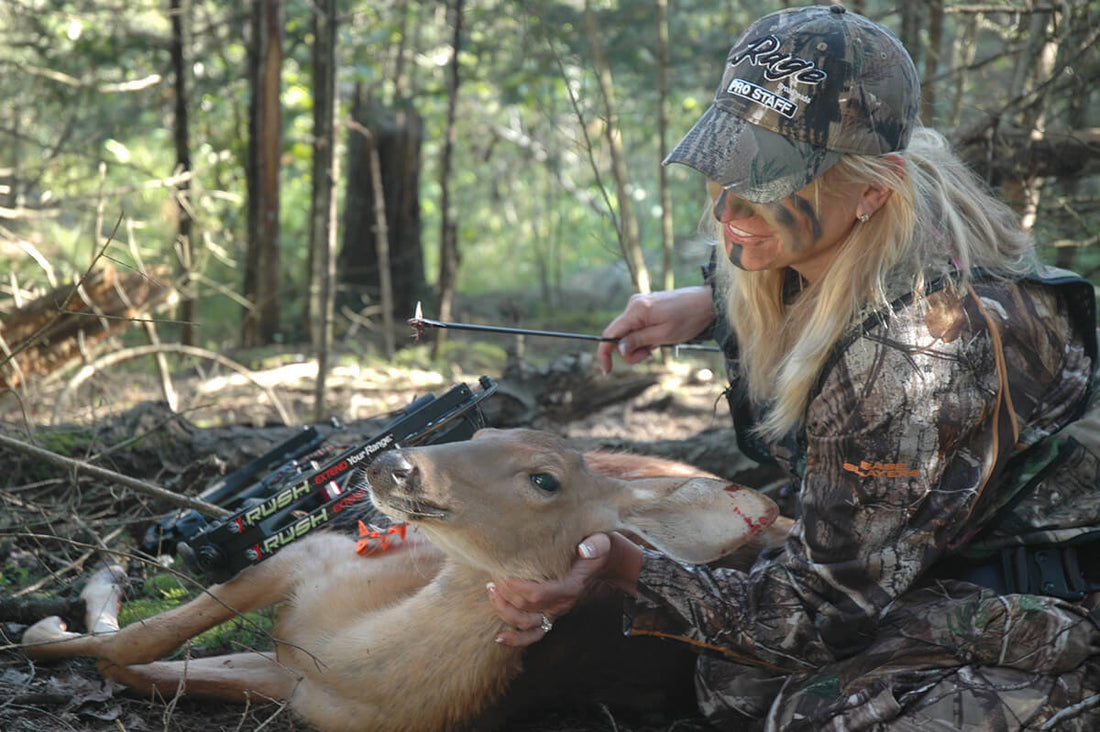Mastering Field Dressing: Best Practices for Harvesting Game

Field dressing is a crucial skill that every hunter should master to ensure the quality of harvested game meat and to respect the animals we pursue. Proper field dressing not only preserves meat but also minimizes waste and ensures ethical hunting practices. In this guide, we'll walk you through the essential steps and best practices for field dressing game, enhancing your skills and experience in the field.
Understanding the Importance of Field Dressing
Field dressing, also known as gutting or dressing out, involves removing the internal organs of game animals shortly after harvesting them. This process is essential for preserving meat quality by preventing spoilage and contamination. It also reduces the weight of the carcass, making it easier to transport from the field.

Essential Tools for Field Dressing
Before heading into the field, ensure you have the right tools for efficient field dressing:
Step-by-Step Guide to Field Dressing
Tips for Success

Safety and Ethics
Always prioritize safety and ethical hunting practices during field dressing. Minimize disturbance to the environment and be mindful of local regulations regarding carcass disposal and transport. By mastering these practices, you contribute to sustainable hunting and ensure the quality of harvested game meat.
---
Field dressing is a fundamental skill that enhances the hunting experience while ensuring the sustainability and respect for wildlife. By following these best practices, you'll not only improve your hunting skills but also contribute to the conservation of natural resources. Embrace these principles and enjoy the rewards of responsible hunting for years to come.








